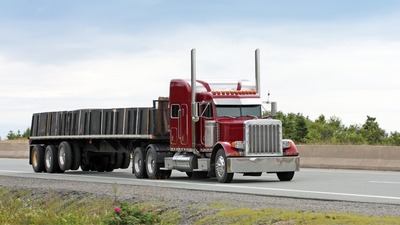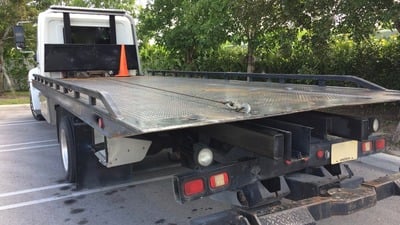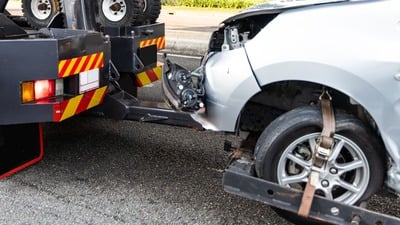In the realm of off-roading and heavy-duty work, snatch blocks are unsung heroes. These powerful tools can dramatically change how we approach vehicle recovery, making difficult tasks more manageable and significantly reducing effort and time.
Understanding the Basics of Snatch Blocks
At its core, a snatch block is a simple, yet incredibly versatile pulley enclosed in a casing with a side that can open to insert a rope or cable. This simplicity belies its utility in various applications, particularly in multiplying the force applied to a rope, allowing for easier maneuvering and control of heavy loads. The principle behind its operation is mechanical advantage. By diverting the direction of the force applied to a cable or rope, a snatch block can effectively double the pulling power of a winch. This not only facilitates more efficient vehicle recovery but also extends the life of your winch by reducing the strain on it. Selecting the right snatch block involves understanding your winch's line capacity and the weight of the loads you anticipate recovering. This knowledge ensures that you're equipped with a tool that enhances your recovery efforts without becoming a weak link in the chain.
The Role of Snatch Blocks in Efficient Vehicle Recovery
The true power of snatch blocks comes to light in vehicle recovery scenarios. Whether you're pulling a stuck vehicle out of mud or hoisting heavy equipment, these devices allow for more precise control and distribution of force. This capability translates to faster, safer, and more efficient recovery operations. Imagine a situation where a vehicle is immobilized in difficult terrain. A direct pull might not be feasible due to the angle or the surrounding environment. Here, a snatch block can redirect the force of the winch line, allowing for an angled pull that is often the difference between success and continued immobility. Furthermore, in scenarios where the required pulling force exceeds the winch's capacity, using one or more snatch blocks can divide the load, effectively increasing the winch's pulling power. This technique is invaluable in rescuing heavy vehicles without risking equipment damage.
Practical Tips for Using Snatch Blocks Safely
Safety is paramount when working with snatch blocks and winches. Always ensure that both the block and the line are rated for the load you intend to pull. Overloading can result in equipment failure, posing serious risks to both the operator and the vehicle. Regular maintenance is also crucial. Before and after each use, inspect your snatch block for any signs of wear, damage, or deformity. A well-maintained block is a reliable partner in vehicle recovery operations. Lastly, always wear appropriate protective gear and keep bystanders at a safe distance during recovery operations. The high tension in the cables can lead to dangerous snap-backs if something fails. Preparedness and caution are key to ensuring that the use of snatch blocks remains a safe and effective component of your recovery toolkit. In the world where time is of essence and efficiency can't be compromised, incorporating snatch blocks into your recovery kit is more than just an improvement; it's a transformative step towards smarter, faster, and safer vehicle recovery operations.





